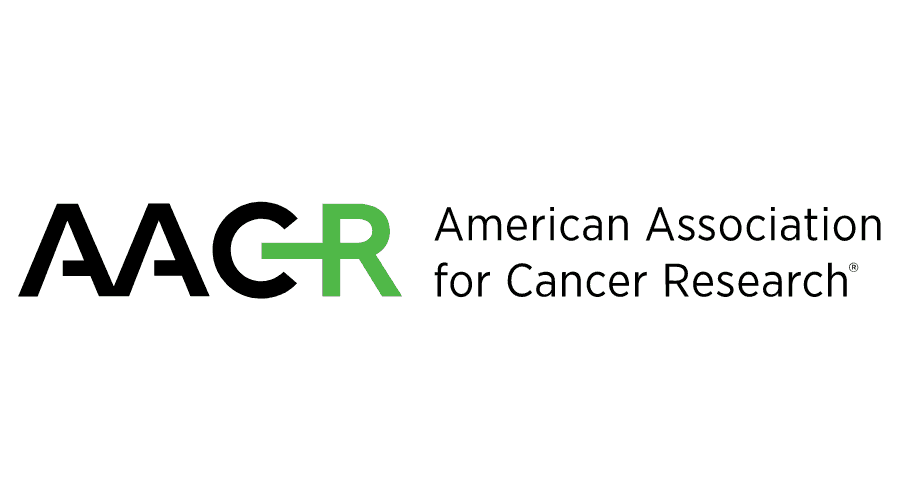Article
Review Explores Glycemic Monitoring Methods in Chronic Kidney Disease
Author(s):
Monitoring glycemia in chronic kidney disease comes with challenges, but emerging strategies warrant more research in this patient population.
Patients with chronic kidney disease (CKD) have unique challenges associated with glycemic monitoring. Since quantifying hyperglycemia severity and patterns are crucial in the diagnosis and management of diabetes, indirect markers of average glycemia and continuous glucose monitoring (CGM) may be warranted in patients with CKD.
A recent review published in BMC Medicine highlighted current and potential methods of glycemia assessment in patients with CKD.
In CKD, low glomerular filtration (GFR) reduces the amount of filtered glucose, and reduced nephron function means there is less capacity for glucose reabsorption. Disruption of these processes has various effects on the kidneys’ glucose threshold in CKD.
“The net effect of this interplay between kidneys, glucose metabolism, and medication clearance can be highly variable in individual patients with a propensity for both hyperglycemia due to reduced excretion and reduced consumption and fasting hypoglycemia due to reduced capacity for gluconeogenesis and prolonged half-life of glucose-lowering medications,” the study authors wrote.
Indirect glycemia markers can help assess average glucose levels in patients with CKD. Hemoglobin A1C provides an assessment of the preceding 3 months; the glycated proteins fructosamine and glycated albumin assess the preceding 2 weeks; and 1,5 anhydroglucitol (1,5-AG) the preceding 1 to 2 weeks. Each has special considerations in patients with CKD that can affect their associations with average glucose levels (diagnostic validity) and long-term diabetes complications (predictive validity).
Hemoglobin A1C values have highly standardized measurements and reporting. In advanced CKD, however, anemia is common, and when it is treated with erythropoiesis-stimulating agents, a shortened red blood cell life span and an increase in young blood cells can cause A1C to be lower than expected. A1C levels also vary with sickle cell trait status and with ethnicity and race, potentially affecting its diagnostic accuracy.
The Kidney Diseases Improving Global Outcomes (KDIGO) group recently recommended using A1C to assess glycemic control in patients with CKD and diabetes, based on evidence in the general population. However, KDIGO noted in this recommendation that A1C can be unreliable in advanced CKD. The correlation between CGM and A1C measurements is typically strong, although studies in patients with CKD are limited.
Measurements of the glycated proteins fructosamine and glycated albumin are less standardized, but both measures are not affected by hematological factors as A1C levels are. Protein turnover can affect them, however, which is relevant in patients with significant proteinuria, hypoalbuminemia, and cirrhosis, for example. Acute illness also leads to lower serum albumin levels after a 1- to 2-week lag, and the impact of these effects on glycated protein level interpretation needs to be explored. Predictive validity requires further studies in patients with non–dialysis-dependent CKD, and diagnostic accuracy is strong in patients with diabetes without CKD.
In healthy people, 1,5-AG is filtered in the glomerulus and is structurally identical to glucose, but without the C-1 hydroxyl group. Because 1,5-AG competes with glucose for reabsorption, when the kidneys have reached their absorption limit due to hyperglycemia, urinary excretion of 1,5-AG increases and plasma 1,5-AG levels decrease. Low 1,5-AG levels indicate glycemic excursions in the preceding 1 to 2 weeks, meaning they are more indicative of surges in glucose as opposed to average glycemia. Since glucose threshold varies in CKD and 1,5-AG depends on that threshold, the lack of estimated GFR reliability compared with measured GFR and other associated factors in CKD can limit the reliability of 1,5-AG. There are no studies yet on its diagnostic accuracy or predictive validity in patients with CKD.
Glucose meters for self-measured blood glucose (SMBG) also have special considerations in patients with CKD, including potential falsely high readings due to elevated uric acid related to hyperuricemia and gout, both of which are common in CKD.
CGM, including real-time CGM and intermittently scanning CGM, is minimally invasive and a standardized method used in clinical practice and research to report and interpret glucose levels. In CKD, glucose variability may be higher, and a lack of kidney glucogenesis, longer endogenous insulin half-life, and glucose-lowering medications can also cause fasting hypoglycemia. A detailed food diary, daily glucose data, and medication dosage can give context to help guide treatment in tandem with CGM, although more studies in CKD are needed to determine whether CGM can replace plasma biomarker monitoring, the authors concluded.
“Glycemic monitoring is essential to prevent complications and improve outcomes in patients with diabetes,” the authors wrote. “A1C has been the gold standard in monitoring blood glucose levels in patients with CKD, but it may be inaccurate in multiple comorbidities present in patients with CKD.”
Although more research is needed in patients with CKD, glycated proteins, 1,5-AG, and CGD all hold promise in assessing glycemia in CKD.
Reference
Hassanein M, Shafi T. Assessment of glycemia in chronic kidney disease. BMC Med. Published online April 13, 2022. doi:10.1186/s12916-022-02316-1




